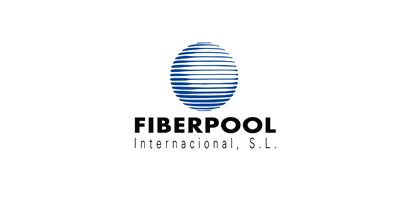
Who We Are
NEW TERRAIN is the producer and eat – cializador leader in Spain of pipes and fittings in the higher market segment.
Mission
NEW TERRAIN offers a complete system of PVC pipes in PB and made ??with superior technology and constant service. All it based on the R & D of new designs and new technical applications based on high technical capacity and production of die- workshop.
Strategy
With all that we have achieved a market posi – tioning that identifies the brand NEW TERRAIN with unrivaled technical quality of products and services. In the coming years we will continue with the expansion in international markets. produce NEW TERRAIN known for offering a complete range of pipes and pieces that covers all possible customer needs . NEW TERRAIN has over 2,500 product references . All products
Vision
Provide a comprehensive system based on the most comprehensive range of innovative products on the market , and design services and pre and post sales support. Our core value is to provide a comprehensive solution. We have a unique distribution network .
The sales network is built on a base of professionals with technical training and long experience . We provide advanced training programs for specifiers , engineers , architects and taught installers in the training center NEW TERRAIN .
A professional system for plumbing and heating installations
Plastic materials have been a true revolution for the industry in the 20th century with the widest range of applications. The following is a basic explanation of their origin and properties, focusing on the application and the product we provide.
What are plastics like "inside"?
Simply speaking we can say that plastics are formed through the binding of many constituent elements, identical or similar, assembled
one by one, by chemical bonds. The unique element that when repeated forms plastics is the monomer: ethylene, propylene,
butylene, ...
The repeated bonding of this element forms giant molecules called macromolecules. Despite their diversity, all plastics have the
same structure: they are made up of macromolecules. The multiple physical and chemical properties of plastics depend on four factors:
chemical structure, shape, size and layout of the macromolecules.
Classification of plastic materials
Depending on whether the macromolecules form linear or branched chains, form more or less closed meshes, or are erratic or partially
aligned, the properties of the resulting product vary radically.
Plastic materials have been a true revolution for the industry in the 20th century with the widest range of applications. The following
is a basic explanation of their origin and properties, focusing on the application and the product we provide.
Where do plastics come from?
Plastic materials are obtained as the result of a chemical transformation of natural products or by synthesis from organic compounds,
whose main constituents are carbon (C) and hydrogen (H).
The basic materials for the production of plastics are natural products such as cellulose, coal, petroleum and natural gas, where the
latter two are the most important.
In a refinery, distillation is used to separate petroleum into several fractions. As the different components of crude oil have different
boiling points, heating in the fractioning tower provides gas, naphtha, fuel oil, etc. successively. The waste product from this process
is asphalt.
All the fractions are constituted by hydrocarbons, which are differentiated by the size and the configuration of their molecules. The
most important fraction for the manufacture of plastics is naphtha.
Naphtha is transformed by a process called cracking, in a mixture of ethylene, propylene, butylene and other light hydrocarbons.








